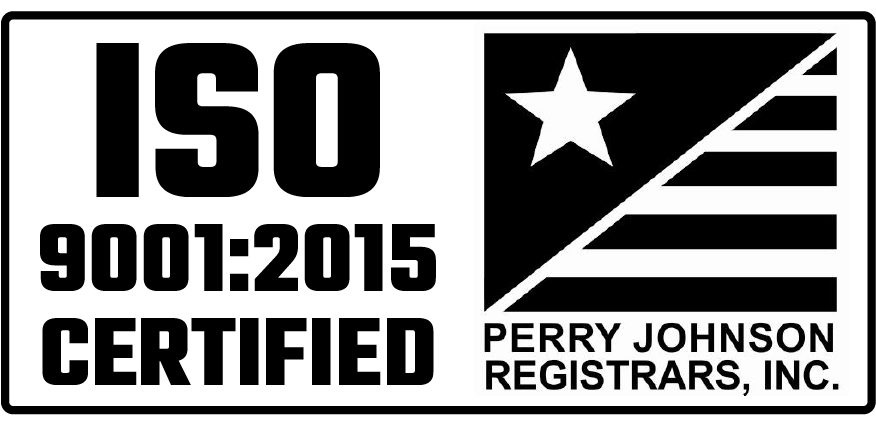Concepting a new product requires a vision of how customers will respond to its functionality, features, styling, cost and overall appeal. While those features are likely of greatest importance to an end user, it’s the inner workings and electrical components of a product that can determine its ultimate success or failure in the marketplace.
The electrical components within many of today’s innovative products continue to increase in complexity. Some simultaneously are decreasing in size due to constrained compartments, smaller devices and added features and gadgets. The engineers who design electrical assemblies need to stay on the forefront of emerging technologies and rapid changes in the industry, often requiring substantial continued education, training and the latest technology to keep up.
An overview of the design process typically includes concepting, research, initial schematics, reviews, prototyping, testing and making many adjustments along the way. Each step is critical — miss one detail and a domino effect of discrepancies down the line can lead to costly delays, faulty parts and significant loss of market share.
There are two basic approaches to executing the design process of electrical assemblies and, depending on the capabilities of a manufacturer’s engineering department, either can lead to success or failure. Let’s take a look at both.
Designing Electrical Assemblies In-House
The more complex an assembly is, the more thought needs to be put into details such as wire length, routing, circuit loads, fit-up gaps, terminals and more. If your manufacturing facility has specialized electrical engineers with the latest tools and training, they’ll be better able to accurately develop schematics and anticipate potential design flaws. Designing electrical assemblies requires more than just hiring the right talent, however. Capital investments in the latest state-of-the-art technology will likely be necessary to equip your designers to perform their functions well and to today’s standards. You’ll also need to anticipate the inevitable upgrades and maintenance that equipment may need. Additionally, regulatory requirements must be met — as regulations in the industry continue to change, designers need to ensure that an end product remains in compliance.
After taking the entire scope of the design process into consideration, you may still determine that the in-house design approach is right for your organization. If that’s the case, do everything possible to ensure your engineers have the expertise necessary. Remember, when it comes to electrical assemblies, even the smallest detail, such as an incorrect wire clamp or solder location, can derail a project and result in product failure and potential litigation. Consider performing a total cost analysis of all the factors associated with designing assemblies in-house and weigh the risks and rewards to help make a determination about whether doing so is right for your organization.
Outsourcing Electrical Assembly Design
Many manufacturers find that the risks associated with building electrical assemblies in-house are too great. When an organization’s competencies are focused elsewhere, or a cost analysis reveals that producing assemblies in-house is negatively impacting ROI, enlisting a qualified manufacturer that specializes in electrical assemblies makes sense.
A reputable electrical assembly supplier will have invested not only in the latest technology and equipment, but also in its people and their continued advancement in the latest methodologies, processes and certifications. Qualified designers can go beyond meeting a manufacturer’s preliminary design requirements and also improve upon it to help gain a competitive advantage. For example, specialists can help forecast potential accommodations that might be required for changes in the future and recommend iterations that can improve performance, reduce labor-intensive routing or access, and even enhance a product’s appearance. Because it’s “what they do” day in and day out, these specialists have a grasp on how to efficiently and accurately develop schematics, prototypes, perform testing and make adjustments along the way.
The level of involvement of your electrical assembly supplier will vary depending on your needs, but a collaborative approach to designing works best. The measure of collaboration can vary also. Some manufacturers will only specify minimal components and allow the supplier to complete the design. Others will develop preliminary “rough drafts” and work closely with the supplier to maximize and perfect them.
There are many other factors that should be considered when outsourcing, so once again, determine your decision based on your organization’s capacity, expertise, cost analysis and risk tolerance.
If you’re realizing that the risks of designing electrical assemblies in-house are greater than the rewards, reach out to MCL. Our world-class engineers and designers will apply their genuine ingenuity and problem-solving expertise to bring you the solid results you deserve.





